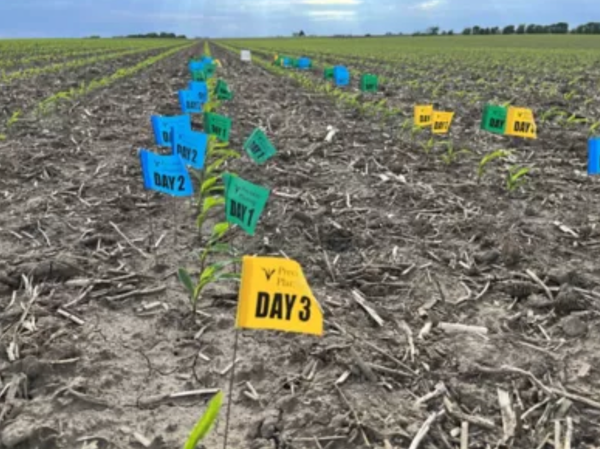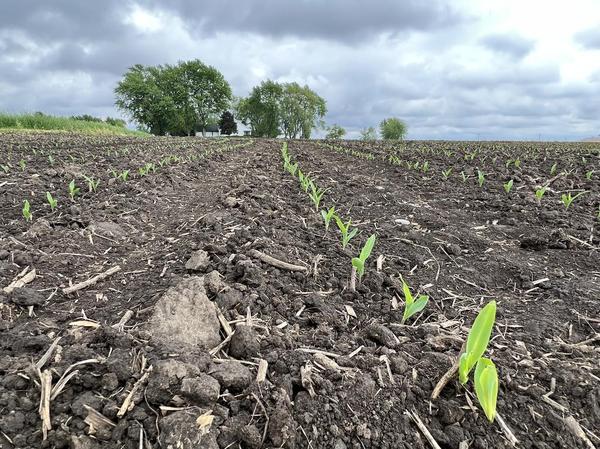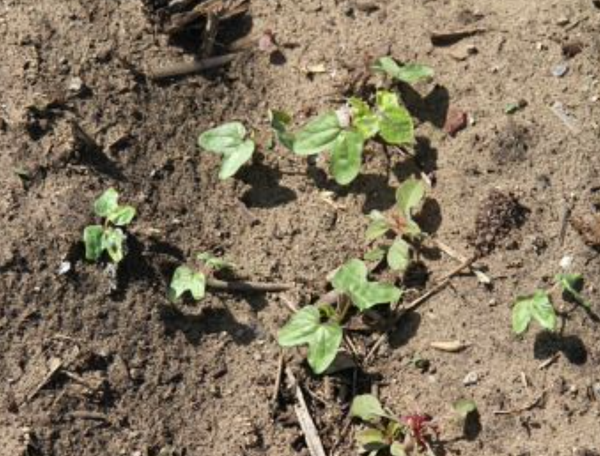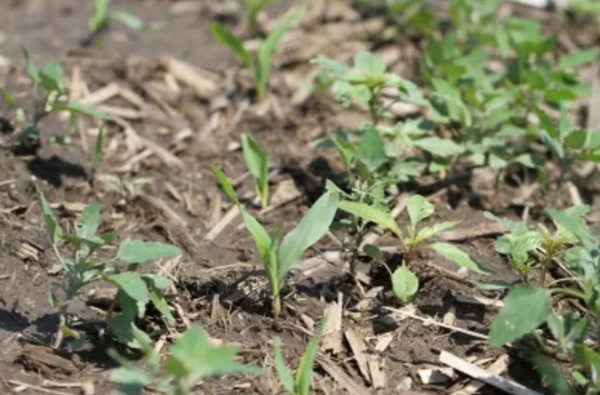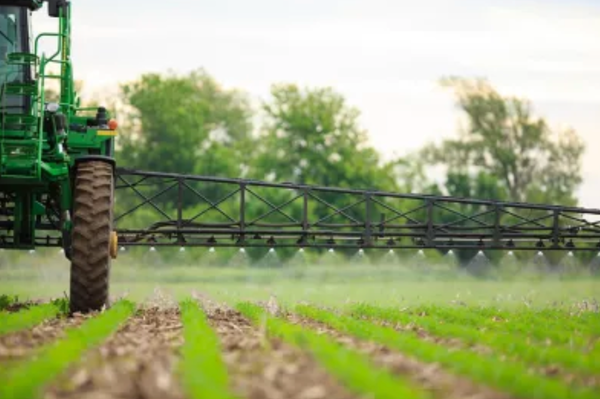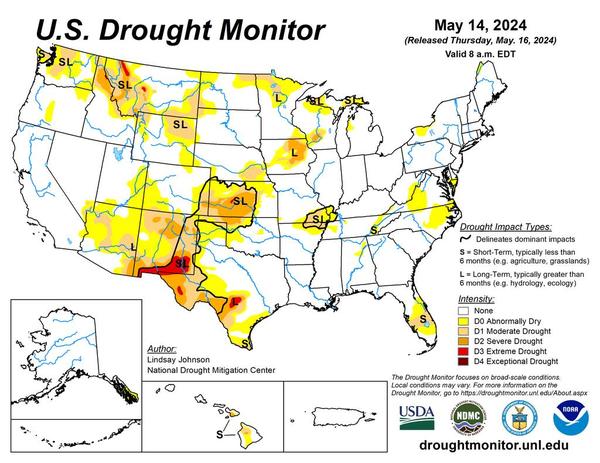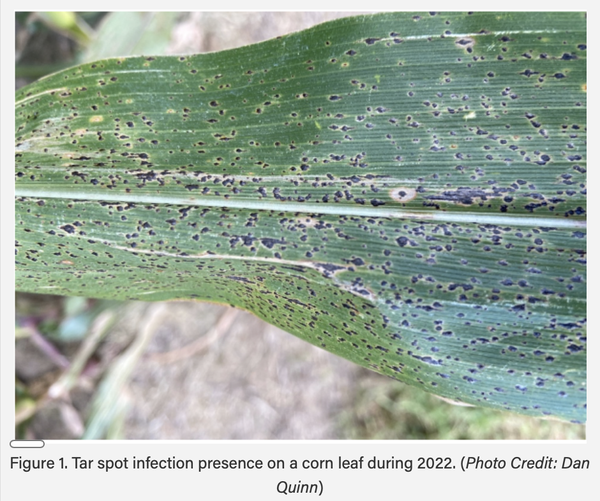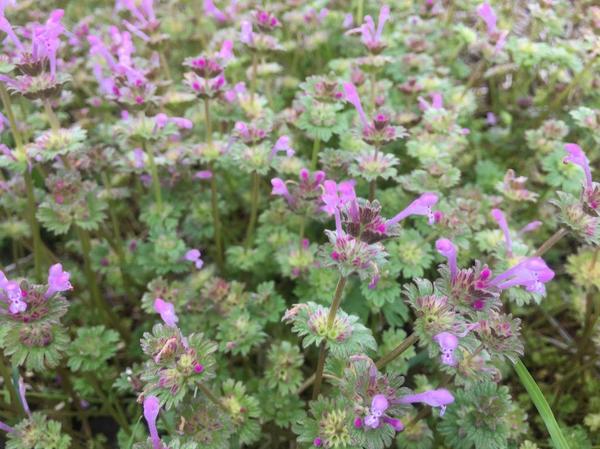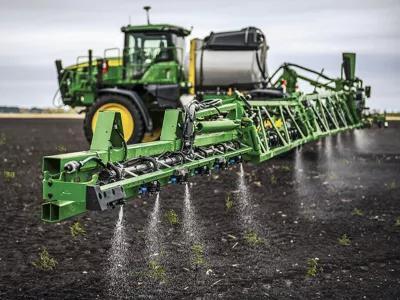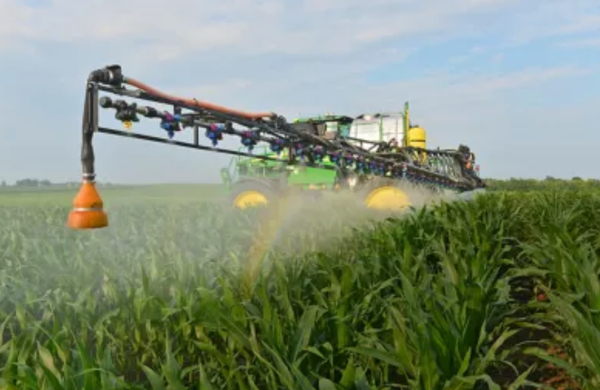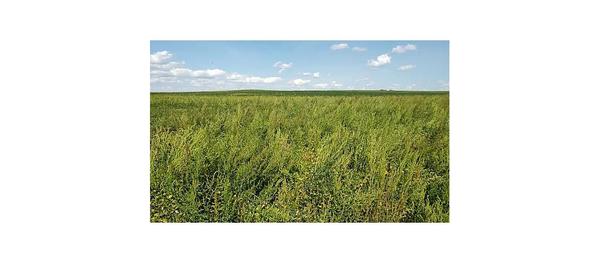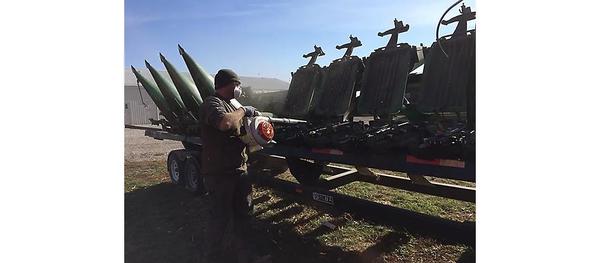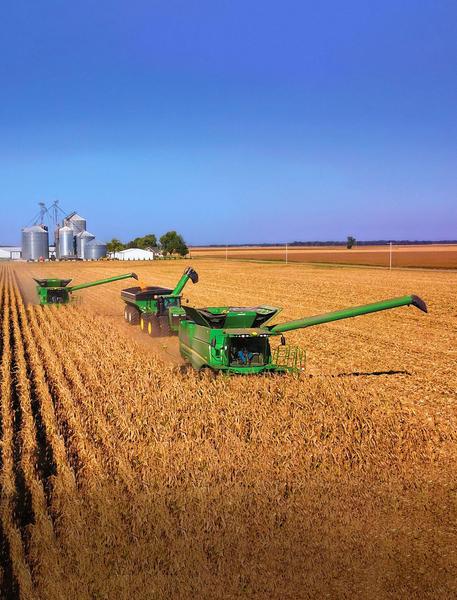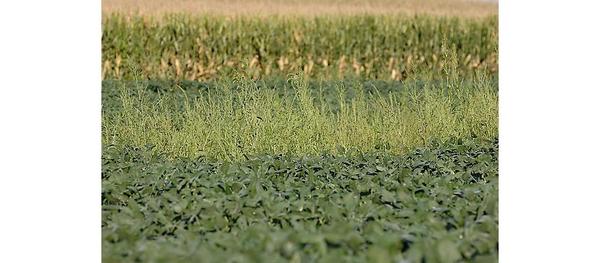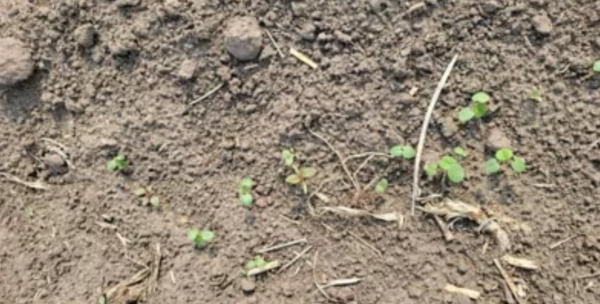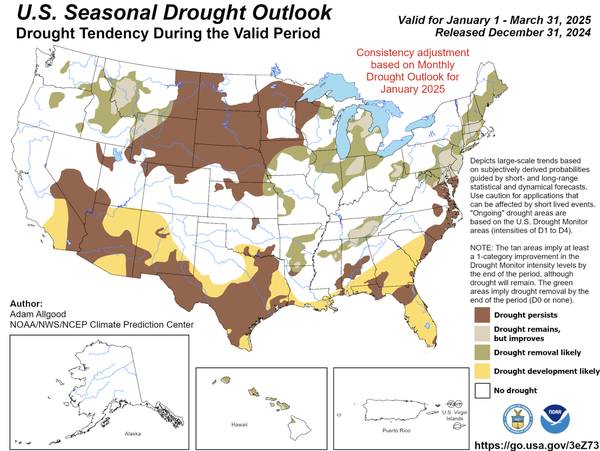
2025 Corn Belt Planting Weather Outlook
Confidence levels in predicting April planting weather this year are fleeting due to a weak La Niña that is likely heading toward neutral as planters roll.
Forecasted initially to arrive last summer, this January’s arrival of the Pacific Ocean’s La Niña Southern Oscillation (ENSO) index lacks its usual strength to deliver a more predictable northern U.S. cold and southern warm and dry climate.
Come early March, DTN Meteorologist John Baranick says current weather models show colder than normal...
Forecasted initially to arrive last summer, this January’s arrival of the Pacific Ocean’s La Niña Southern Oscillation (ENSO) index lacks its usual strength to deliver a more predictable northern U.S. cold and southern warm and dry climate.
Come early March, DTN Meteorologist John Baranick says current weather models show colder than normal...
